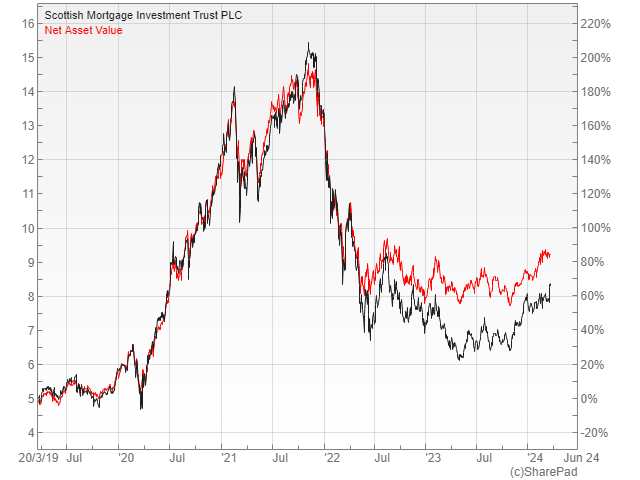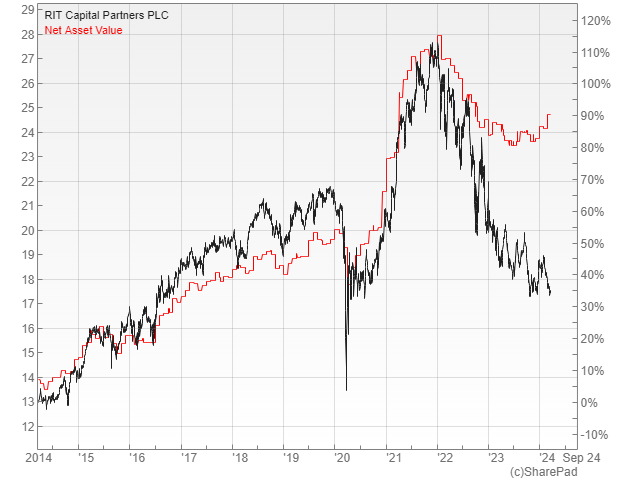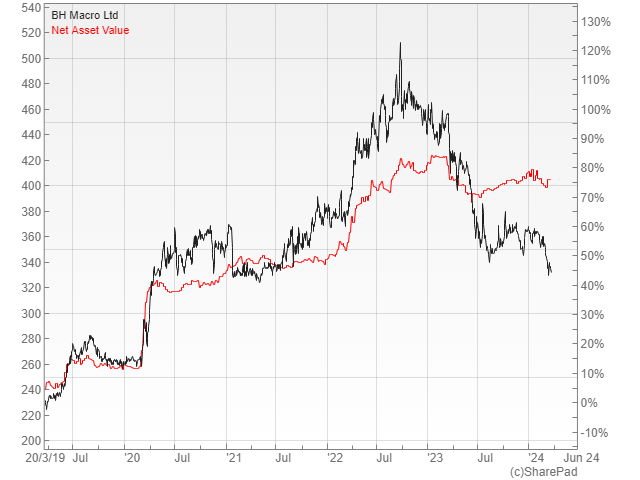Discount Control Mechanisms: The Good, The Bad And The Ugly

Investment trusts have been through a difficult period, with poor investor sentiment forcing many well below their net asset values. Last October the average discount hit 17% − the widest since the global financial crisis – and although it has now come down to 11%, this is still unusual by historic standards.
For new investors, a wide discount can provide an opportunity to pick up a well-managed trust at a bargain price. Recent analysis by the AIC shows that when the average discount exceeds 10%, the average return over the subsequent five years is 89.3%.
Existing investors see it very differently though, as they are completely dependent on the Board to make sure that the discount never gets to that position in the first place. Unfortunately, some trusts have reacted to the crisis better than others, which is why it is important to check the policy in this area before taking the plunge.
The Good
Some Boards have explicit discount control mechanisms (DCMs) in place and regularly issue new shares when they trade at a premium or buy them back whenever they slip to a discount. A good example is the defensively managed Personal Assets Trust (LON: PNL), whose DCM has been in place since November 1999 and successfully kept the share price close to NAV for the whole period.

One of its closest peers, the Capital Gearing Trust (LON: CGT), has a very similar policy that has also worked pretty well, although it encountered a problem a few months ago when it ran out of distributable reserves to finance the buybacks and had to reclassify the share premium account.
Scottish Mortgage (LON: SMT), which aims to invest in the best growth companies from around the world, has struggled in the high interest rate environment and seen its share price slip to a 10% discount. The Board has responded by announcing that it will make at least £1bn available for share buybacks over the next two years, a figure that is equivalent to 7.8% of its net assets.

The Bad
Unfortunately, some of the other Boards have not been as strong, with the Worldwide Healthcare Trust (LON: WWH) being a case in point. Last year it watered down its DCM, from limiting the discount to no more than six percent, to buying back the company’s shares if the discount exceeds six percent on an ongoing basis.
It also inserted the statement that “it remains very possible for the discount to be greater than six percent for extended periods of time.” The Board has consistently bought back its own shares since the change in policy, but it is no great surprise that the discount is still 12%.
Sometimes even a concerted effort to turn things around isn’t enough to make up for a lack of investor interest, with RIT Capital (LON: RCP) being a good example. For many years its shares traded close to NAV, but the poor recent performance has seen the discount widen to nearly 30%, despite having the third biggest buyback programme in 2023 and the directors and investment managers having significant skin in the game.

The Ugly
One of the worst things a Board can do is to issue large amounts of new shares when demand is high and then be reluctant to buy them back when the sentiment turns sour. This smacks of self-interest and a lack of regard for the investors that trust them with their money.
It is an accusation that could be levelled at the Ruffer Investment Company (LON: RICA), whose shares consistently traded at a premium until last May, but have since slipped to a six percent discount. The Board started to buy back shares in August and are now doing so on a more regular basis, yet it hasn’t made much difference, so they may be forced into doing something more drastic like a tender offer.
The situation at the listed hedge fund BH Macro (LON: BHMG) is even more dispiriting. It has often traded at a premium, with the Board stepping in to issue new shares, but the recent performance has been pretty poor and it has slipped to a 17% discount, despite a belated series of buybacks. It looks like the main problem is the stock overhang created by the merger of two of its largest shareholders − wealth managers Rathbones and Investec – that is yet to be resolved.

Comments (0)